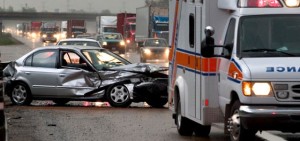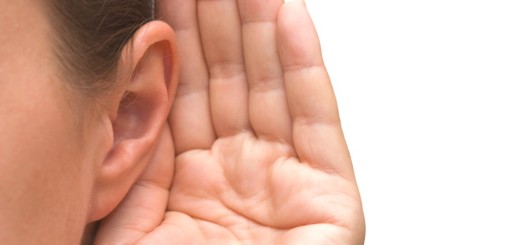Emergency scene management for first aiders
Emergency scene management is a vital skill for all first aiders and first responders. So what does emergency scene management mean and how does it work?
The safety of rescuers is the first priority in any emergency situation – so care in approaching the scene is critical. Be alert to the hazards which are obvious, e.g. fire, smoke, fallen power line; hazards which are hidden, e.g. a needle under a casualty; hazards which may develop, e.g. a change in the weather, movement of a vehicle or a structure, a fire which is out of control.
It is important to confirm that emergency services have been notified. First responders may not be able to approach casualties if the hazards present a risk to their safety.
You may come across an emergency where you are the only qualified first aider at the scene. If this occurs, you will need to take a leadership role and manage the emergency site. In doing this, ensure that you:
- stay calm
- act sensibly and responsibly
are very aware of what is happening around you
help to make the situation better, not worse
ensure the safety of everyone involved
are resourceful
stay within the boundaries of your own training, qualifications and skills
keep control of emotions and personal views
concentrate on what needs to be done
ask other people to help and direct them in what they should do
You will need to assess the emergency site and implement the following steps:
- identify hazards (always be on the alert for any potential danger)
- assess risks
- identify potential causes of injuries
- identify likely type and severity of injuries
- choose the most appropriate responses and resources
Hazards/dangers that may be present include:
- biohazards, chemicals, corrosive agents
- fire, flammable liquids or gases, smoke or dangerous fumes
- electricity, power lines
- rising or fast flowing water, submersion in water
- vehicle traffic
- falling objects, unstable structures
- slippery surfaces
- sharp edges
- explosion, bombs, bullets
- confined spaces
- heights
- glass/sharps
- people – aggressive, armed with a weapon, uncontrollable, extreme anxiety/stress
In the case of a road accident, ensure that:
-
the ignition switches of all vehicles involved are turned off
-
all casualties are moved to safety when/if practical and possible
-
if there is any indication of spillage of dangerous substances (including petrol), emergency services must be notified. Try to identify the substance by smell or vehicle signage/placarding. Try to keep yourself and all bystanders upwind of any potentially hazardous vapours or other emissions or releases
-
if a vehicle is upright, try to immobilise it using the hand brake, and place blocks under the wheels. If a vehicle is on its side, do not attempt to right it. Try to make sure it will not roll over by applying blocks/ropes or other means of stabilization – if safe to do so, and if trained in these procedures
What are the Emergency Action Steps in First Aid?
The following are the first aid steps to take in case of an emergency:
- Ensure that both you and the victim are safe and not in any danger.
- Check for any response from the victim. Shake them and shout to determine whether they are unresponsive or conscious.
- Never leave the victim alone. Call for help or assistance if you’re the only person with the victim.
- Quickly assess the condition of the victim. Check their breathing and if they are conscious. Check if they are bleeding or if there is the presence of a life-threatening condition.
- Begin chest compressions if the person isn’t breathing.
- Place them in a side recovery position if they are breathing but unconscious.
- If they are bleeding, apply direct pressure to control or stop the bleeding.
- Don’t allow people to crowd around the victim.
- Don’t move them unless you absolutely have to, such as if the area becomes unsafe.
- Assess the area and the victim’s condition and try to stabilize the victim with the resources and services present in the area.
FAQs
What do you do in an emergency first aid?
Some of the things to do in an emergency first aid are keep the victim still and warm, keep assisting and reassuring the victim, check their breathing, and provide them with rescue breaths if needed.
What are the three Cs in a first-aid emergency situation?
The three Cs in a first aid emergency situation are check, call, and care.
What are the ABCs of emergency management?
The ABCs of emergency management are airway, breathing, and circulation.
Why is checking the scene so important?
The reason it’s so important to check the scene is so that you can ensure that there are no dangers in the environment around the victim.
What are the five types of first aid?
The five types of first aid are CPR, bleeding, burns, choking, and broken bones.
Conclusion
Whenever there is an emergency, be it on the road or even within someone’s home, it’s important to act immediately as one doesn’t have the time to research the next steps to take.
This is why it’s so vital to learn about the emergency first aid steps so as to keep your loved ones safe and help strangers if needed. By doing your research in advance, you can know how to respond effectively and come to the aid of the victim in question.
Just stay calm and collected and don’t let your emotions get in the way of helping those around you. No matter what the emergency is, simply keep your cool and let your critical thinking skills guide you towards the next step.






